Trust is essential to any relationship and critical to leadership influence. Here are 20 visual reminders to make sure you’re building trust (or rebuilding trust) and using trust the right way.
Trust can sometimes be a vastly complex social mechanism, affected by many variables over long periods of time. Trust is essential to any relationship and critical to authentic leadership.
20. Trust is the Core of Building Critical Leadership Influence
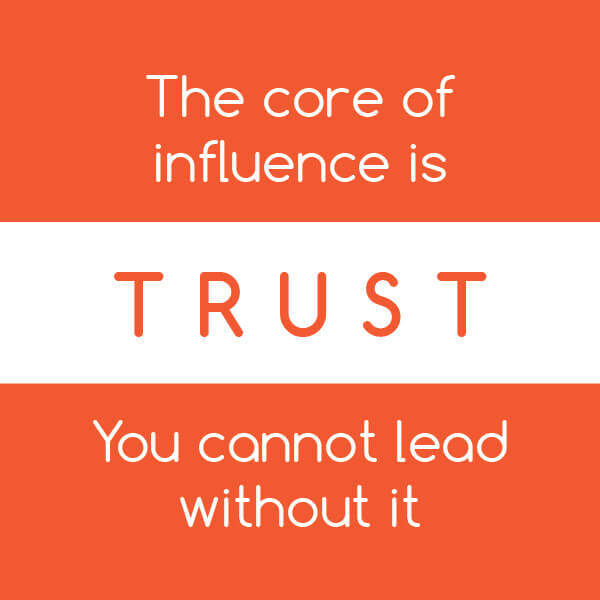
What?
The most influential and authentic leaders in your career you genuinely trust. Reflect on that for a bit.
Now think of those leaders you feared. Did you trust them? Did they show what you consider authentic and trusting leadership?
Rarely if ever. A wish to lend and earn trust is one of the most defining differences in comparing a leader versus boss.
How?
- External assessments
- True 360-feedback and often
- Open, non-consequential conversations
19. Resist Controlling too Much – Find What You Fear as a Leader
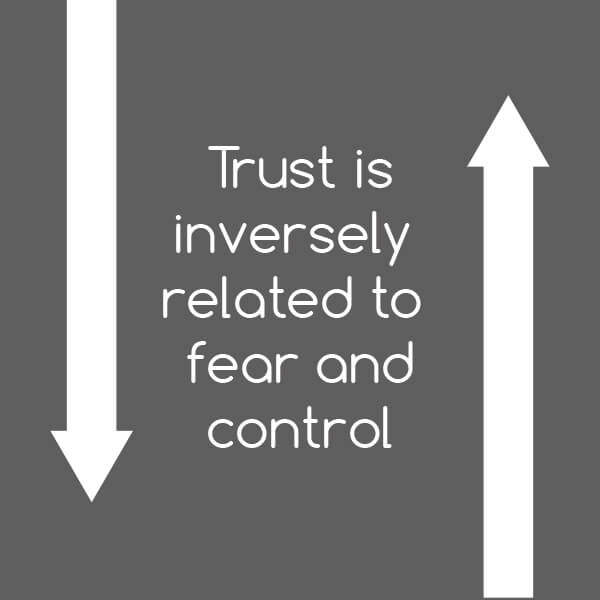
What?
If you fear something, you work to control it.
If you cannot control it, you avoid it.
Allowing that fear to consume you diminishes your authentic leadership and ultimately your influence.
How?
- Assess the areas you inherently lack trust.
- Determine why you trust less in these areas.
- Monitor these areas for an extra need to control. This will prevent you from getting into the cycle of toxic leadership. It’s a tough cycle to reverse if you don’t realize that you’re in it.
18. Being Consistent is Critical for Building Leadership Influence

What?
Influential leaders consistently show attitudes and behaviors that are desirable to their following. Consistency builds leadership trust and eventually translates into consistent performance.
How?
- Determine trust priorities of each team member.
- Use individual findings to collectively prioritize your focus on building trust to increase your leadership authenticity.
- New leaders should be especially aware of applying priorities of trust consistently and broadly.
- Understand the differences between leadership and management and know when it’s most effective to do each.
17. Building Leadership Influence: Start With Building Trust in Yourself
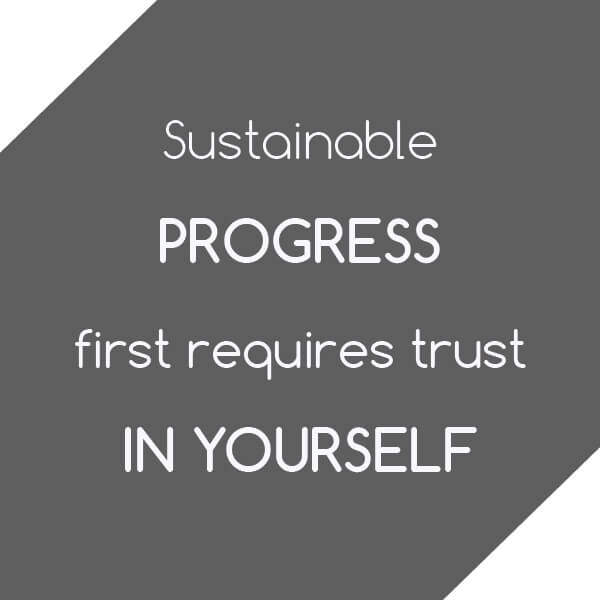
What?
The most destructive leadership cycles I see are in leaders that lack confidence in their leadership.
Lack of leadership trust in yourself leads to fear and control.
Lack of confidence diminishes your true ability to be an authentic leader.
How?
- Ask yourself a few questions:
‘Why am I a leader?’
‘Should I be a leader?’
‘Who can help me calm my chaos?’
- Many people get into leadership for the wrong reasons.
- Some leaders fall into a cycle of chaos through external pressures.
16. Know and Understand that Trust is Reciprocal to Build Leadership Influence
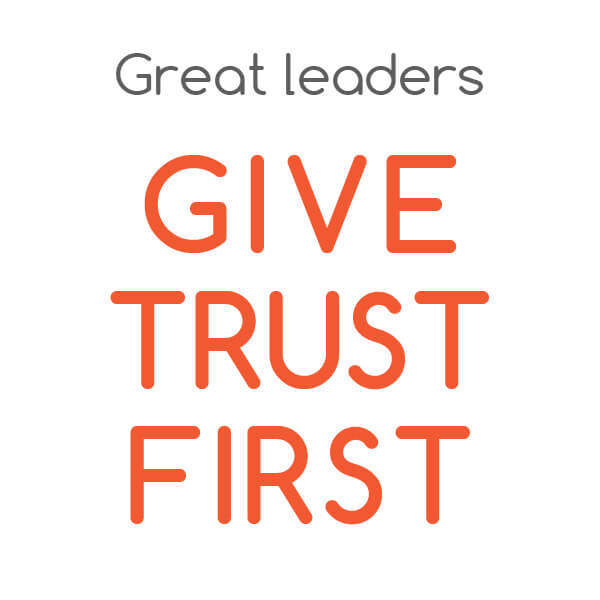
What?
The most influential leaders give trust to others first before they expect to be trusted.
At times, the most important trust leaders can lend is trust in themselves.
How?
- Quickly show autonomous action after building confidence.
- Demonstrate that mistakes are acceptable by showcasing them positively.
- Encourage frequent open dialogue.
15. Leadership Influence and Authenticity Builds Through Transparency
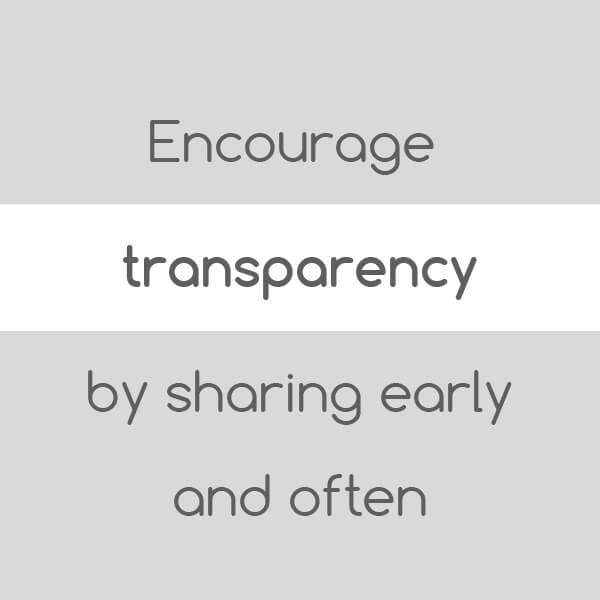
What?
Being truly transparent as a leader initially feels like entering a grocery store naked. Leadership influence & authenticity builds through transparency.
It is impossible to trust someone who you feel is ‘hiding’ something.
How?
- Walk into your nearest grocery store naked. (KIDDING! Sort of.)
- Understand what to share and when – your role is to protect and calm.
- Too much information or bad timing can cause fear and chaos.
- Understand need to know vs. should know
- Develop internal communication tools and processes to promote effective collaboration and transparency.
14. Leadership Influence Builds Through Self-Adjustment

What?
The foundation of building trust and leadership influence is always improving. The most authoritative source for improvement is from those you rely on to make you successful -your leadership following.
How?
- Ask a lot of questions
‘What can I do to support you more?’
‘I’m giving you my role for a day! What are you going to do differently?’
‘Are you happy on the team?”
- Change the questions up and ask them often throughout your team
13. Expectations Build Leadership Influence, Authenticity, Trust & Confidence

What?
The more clear you are with expectations as you are building trust with people and teams, the more success they will have. The more consistent success your team has, the faster your authentic leadership and influence builds.
How?
- No ‘fuzzy’ or unclear deadlines
- Agreement of a final deliverable
- Checkpoints (particularly in the beginning) for mutual understanding and goal alignment
- Adjust when necessary and don’t stay on a path just because it was planned
12. Take Risk at the Right Times & With the Right Initiatives

What?
Confidence to take risk increases as the trust in yourself, your teams increases. Authentic leaders cycle that trust from their teams into themselves.
How?
- Be sure you first trust yourself in leading risk -take it slowly at first
- Leadership trust to take risk only builds through time and experience
- Use both time and experience wisely to build leadership influence to embrace risk
- Celebrate key risk ‘failures’ and use as benchmarks for future
11. Allocate Your Resources to Build Your Leadership Authenticity and Influence

What?
Average leaders put most of their leadership resources (time, energy, talent, and patience) in the easy targets – the high performers.
How?
- Assess the average and low-performers. Making them successful is what builds leadership trust.
- Don’t neglect your high-performers in the process
- Leverage high-performers to lift lower-performers
10. Building Trust and Leadership Influence is an Active Process

What?
Authentic leaders do not take the ‘wait and see’ approach to building trust.
Make the process of building trust & influence happen – have a strategy.
How?
- The fear areas identified before are actively exposed to allow team members to prove trustworthy.
- This expedites the process of building leadership influence.
- Utilize team builders and outside resources at the beginning to speed the process.
9. Identify Areas of Leadership Trust That Must Be Repaired

What?
While building trust and authentic leadership take significant time and experience, it can be diminished in one action.
Never lose focus on building trust and your leadership influence will evolve deeper and stronger over time.
How?
- Continuously assess the environment for cohesiveness and trust.
- Always look for ways to boost confidence especially during times of change and transformation.
- Focus on building emotional capital so mistakes cause less damage.
8. Stop Standardizing Empowerment for a Building Trust & Leadership Influence

What?
Customize empowerment to those performers who have proven they can and should have more.
Empowerment is to organizational trust as bureaucracy is to lack organizational trust.
How?
- Empower at the individual level, not performance groups.
- Assess current standardized empowerment policies as they give too much empowerment to under-performers.
- Use specialized empowerment as a rewards & recognition program.
7. Leadership Loyalty is Critical for Influence & Must Be Mutual

What?
Demonstrate protection and loyalty and expect to receive it in return. The same holds true for respect.
How?
- Resolve conflict quickly and discreetly. Here are some conflict management strategies for those times of tension.
- Stop it with the ‘throat to choke’ leadership styles. Leverage more of a participative approach to leadership.
- Always take the fall to other work groups and senior leaders in front of your team.
- Protect them and they will keep you safe.
6. Don’t Disconnect the Team Through Favorites

What?
Don’t show favoritism in opportunity, support, and protection, though.
Favoritism will tank your authentic leadership as trust in you plummets.
How?
- Give earned opportunities to everyone.
- Engage the withdrawn.
- Be aware of office backstabbing and be sensitive to the perceptions of others.
5. Strategic Commitment Strengthens Your Leadership Authenticity

What?
If consistency is the key to building trust, then consistently keeping commitments makes you an influential leader much faster.
How?
- Especially, in the beginning, be aware of committing too much too soon.
- Negotiate commitments from the start with output and deadline agreements.
- Lack of your commitment will make it acceptable and normal to your team.
4. Leadership Influence and Authenticity Builds Organizational Influence
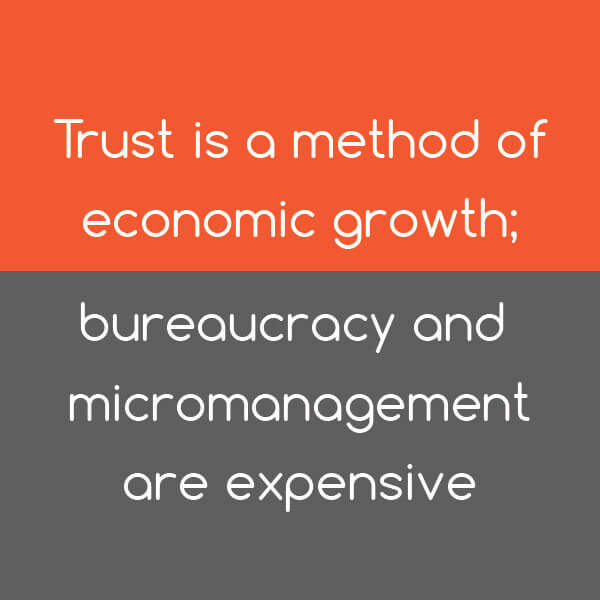
What?
Lack of organizational trust creates needless process.
Bureaucracy lowers corporate confidence and is created by leaders.
Decreased organizational trust equates to decreased influence.
How?
- Update and review business process documentation regularly to make sure there are no workflow bottlenecks or a build of bureaucracy.
- The more influence you build as a leader, the more influential you are to an organization.
- Focus on placing influencers as opposed to pure SMEs in the major roles at all levels of an organization.
3. Reverse the Cycle of Traditional Accountability
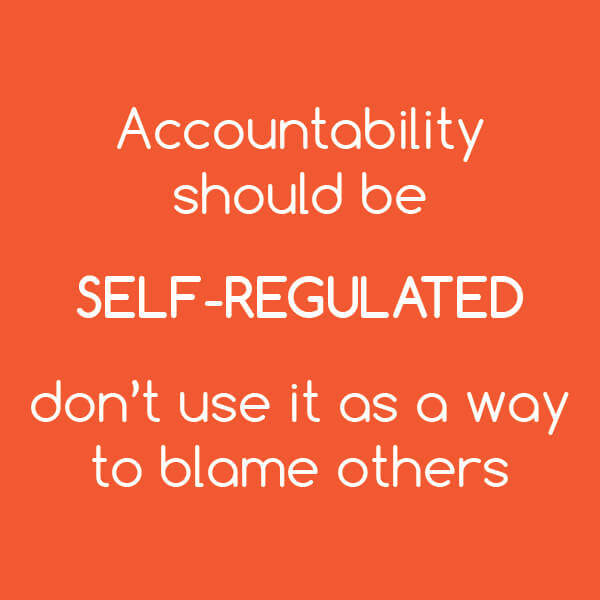
What?
How?
- Reduce bureaucracy.
- Employ strategic team staffing that begins in the hiring process.
- Encourage constant learning through cross-functional development.
- Staff on ability and desires when possible as the motivation and accountability will inherently exist.
- Balance the use of incentives and motivators and be sure you are using both correctly.
2. You are Human – Deal With It.

What?
Admit your mistakes quickly and loudly.
Show you have a plan for correction. Your example is imperative to building trust, authentic leadership, and revealing the potholes before you blow a tire.
How?
- Don’t apologize for everything.
- Be the first to admit and correct. Too much time and money are spent in the process of corporate denial.
- Encourage a system of open admission and collaboration for correction of mistakes. Always forgive but never forget.
1. Never Lose Yourself in Your Leadership Role
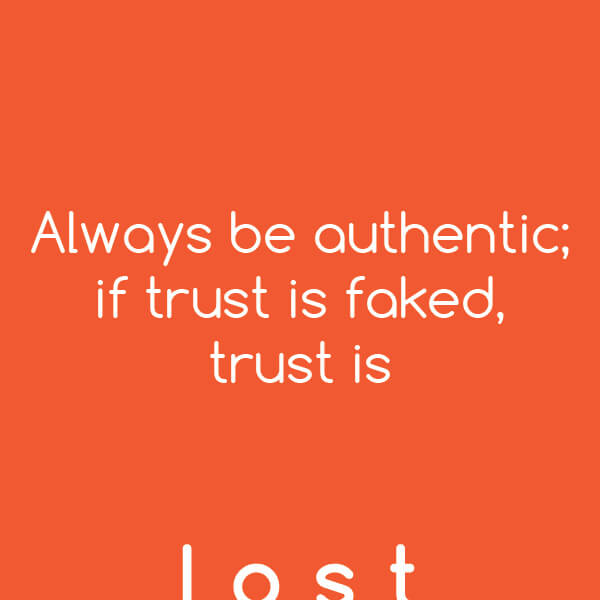
What?
Leadership authenticity and influence is a gift you give yourself and your team. It builds confidence – in yourself – and skyrockets your influence as a leader.
How?
- Have a mentor to assess if you are drifting.
- If you find yourself drifting away from ‘you’ as a leader, determine why.
- Encourage authenticity in others. They will not only be happier on your team, but it will also increase your influence as a leader.
How to Begin Building Leadership Influence with Building Trust?
There is a lot of information here, and you might be wondering where you should begin.
My advice is to pick five points you feel need the most support in building your influence and authentic leadership. It is hard to be objective with ourselves at times, so ask a mentor, colleague or even team members to give you some feedback on these 20 critical points for building your influence and leadership trust.
Download all Building Leadership Influence Slides
You can download all of these slides on SlideShare.
Related Solutions to Help with Leadership Influence and Team Development
Kris Fannin
Kris Fannin is a passionate change agent in workforce transformation. For more than 25 years, he's had the privilege of partnering with dozens of client organizations and leading hundreds of teams to become powerful influencers.
"Your legacy will be defined by the passion and impact of the people you influence. What do you want your legacy to be?"



